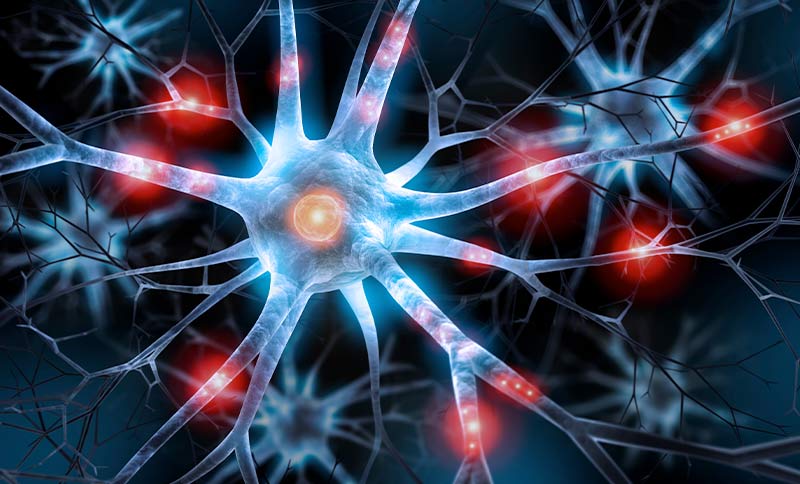
Let’s compare how the brain processes a threatening situation and how it processes an injury. For a threatening situation, imagine you are confronted by a threatening person on a dark street late at night. You will take in the situation via eyes and ears, with messages going straight to the brain and specifically to an area that process threat (amygdala and associated areas discussed in Stress and Healing). You will get a very quick subconscious reaction to potentially save yourself, your heart rate goes up, along with your blood pressure, breathing rate and muscle tension (see bottom right of diagram). Just at this is happening you will become very aware of what’s going on (connection from threat centre to consciousness in diagram), ensuring you give absolute full attention to the situation at hand. You will probably feel anxious, tense or fearful. Conscious ‘you’ will then decide based on the fight or flight (or 5 F’s discussed in Stress and Healing) response. It is worth noting that the threat centres in the brain also send strong messages to the pain processing areas in the brain and get them to stop working. Brilliant evolutionary design in action again – how is pain useful when you need to escape? It is the pain off system working at its absolute best.

Now let’s look at another diagram but instead of a physical or threatening situation we will use an injury (flare up of low back pain) as an example of a threat. When you bent over to lift that bag and felt your back go, it is a similar response to above from the brain. Any injury is a threat and will go to the same threat processing areas, where it produces similar effects on the body (heart rate, blood pressure, breathing rate etc) and also a potential protective ‘locking up’ of movements of the back. Most people can recognise that inability to move when the back ‘goes’. The other thing that can happen here is the sudden pain takes your attention away what you are doing and puts it back on itself to say ‘stop everything else, focus on me, I am the threat, look after me, don’t move’ etc. Look on the right-hand side of the diagram, attention increased to focus on pain, there is concern, anxiety, frustration and even fear about the pain. Look also at arrow from conscious ‘you’ down to the threat processing centre. If conscious ‘you’ is very concerned about the pain and what it means, and if you are very worried about moving your back and what it could do, or if you feel there is something terrible wrong, then you will send ongoing messages to the threat centres and keep them firing. This will maintain the anxiety, concern, and fear, as well as lack of movement and deconditioning, leading to a vicious circle.

The aim for management here is to try to stop your inputs being processed in the threat centres. This may require the conscious ‘you’ to be engaged appropriately while doing things. For example, normal movement being processed as normal movements, and normal touch being processed as normal touch, and not by the threat processing centres. You could say we want it diverted away from the ‘danger’ processing to the ‘this is nice and non-threatening’ processing centres.















